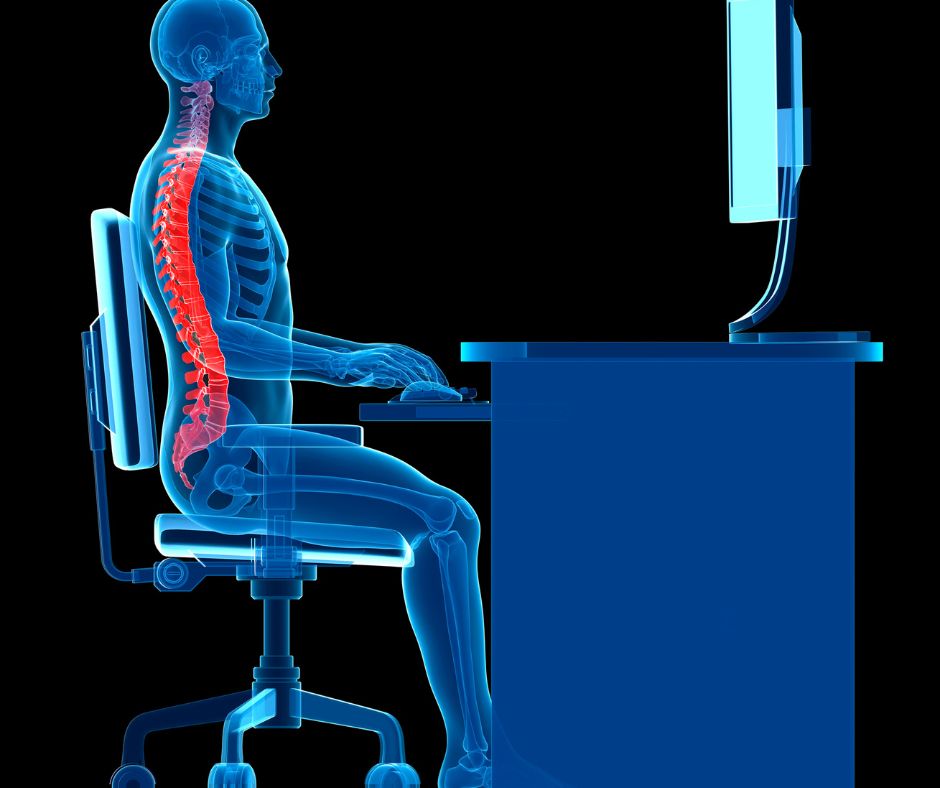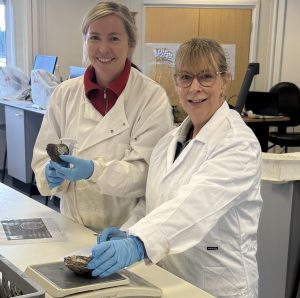Musculoskeletal Disorders (MSDs) - an Overview
Throughout Europe, MSDs affect millions of workers and are associated with high costs to employers. Preventing MSDs helps improve the lives of workers.
MSDs affect the neck, shoulders, back, upper limbs and lower limbs. They cover any damage or disorder of the joints or other tissues. Health problems range from minor aches and pains to more serious medical conditions requiring time off work or medical treatment. In chronic cases, they can lead to disability and the necessity to give up work altogether.
MSD Risk Factors
The majority of work-related MSDs develop over time. There is often no single cause of MSDs; various risk factors usually work in combination, including organisational and psychosocial factors, physical and biomechanical factors, and individual factors.
Organisational and psychosocial risk factors
- Working long hours / shiftwork
- Bullying, harassment and discrimination
- Low job satisfaction
- High work demands coupled with low autonomy
- Lack of breaks or opportunities to change postures
- Working at high speed
Physical and biomechanical risk factors
- Vibration, poor lighting or cold working environments
- Fast-paced work
- Prolonged sitting or standing
- Handling loads, particularly when bending and twisting
- Repetitive / forceful movements
- Static and awkward postures
Individual risk factors
Individual factors can also influence the risk of MSDs. Poor posture, pre-existing injuries, and limited flexibility can result in workers being more susceptible to pain from repetitive tasks or awkward positions. Reporting any discomfort early, practicing proper body mechanics and maintaining good overall health can help workers minimise their individual risk of MSDs.
Risk Assessment
A risk assessment relating to Musculoskeletal Disorders (MSDs) in the workplace is vital for injury prevention. The risk assessment should examine tasks and identify hazards such as heavy lifting, awkward postures and repetitive motions, all factors which can increase the risk of MSDs. It is important to consider those workers who may be at greater risk of suffering from MSDs.
iProtectU risk assessment software provides the most comprehensive range of risk assessment types and templates available in any system of its type. Get in touch today to discuss our solutions for assessing MSD risks https://iprotectu.com/risk-assessment-software/.

By proactively assessing risks, employers can implement controls to minimise injury. Such control measures might include the provision of ergonomic equipment or incorporating regular breaks into the working day to reduce strain. Providing employees with suitable training in lifting techniques is crucial if they engage in lifting as part of their work activities. The iProtectU Learning and Development Software includes all the health and safety training resources you need including Manual Handling. Reach out today to discuss our training solutions related to the prevention and management of MSDs.
Include workers and their representatives in discussions on possible problems and solutions. As with all risk assessments, regular reviews are important to ensure continued workplace safety for employees.
Expert advice may occasionally be needed for serious or unusual problems. However, many solutions are inexpensive and straightforward, for example providing a mechanical aid to assist with handling goods or changing the location of items on a desk. The priority is to eliminate risks and / or adapt work to the workers.
After conducting the risk assessment, a list of control measures should be drafted, in order of priority, and workers should be involved in their implementation.
Actions should focus on primary prevention, but also on measures to minimise the seriousness of any injury. It is important to provide all workers with the appropriate information, education and training on health and safety in the workplace. Everyone should know how to avoid specific hazards and risks.
MSD Control Measures
MSD Control Measures may involve the following areas
- Equipment: ensure equipment is ergonomically designed and suitable for tasks
- Tasks: working methods or tools could potentially be changed
- Workplace layout: the layout could be adapted to improve working postures
- Management: plan work to avoid repetitive or prolonged work in poor postures. Incorporate rest breaks, rotate jobs or reallocate work
- Organisational factors: develop an MSD policy to improve work organisation and the psychosocial environment and promote musculoskeletal health

Preventing MSDs in the workplace demands a two-pronged approach.
Employers should identify and address risk factors through ergonomic design and training. Employees can help protect themselves by practicing safe lifting techniques, reporting any discomfort to their line manager and maintaining good physical health. By working together, a culture of safety and well-being can exist in the workplace.








